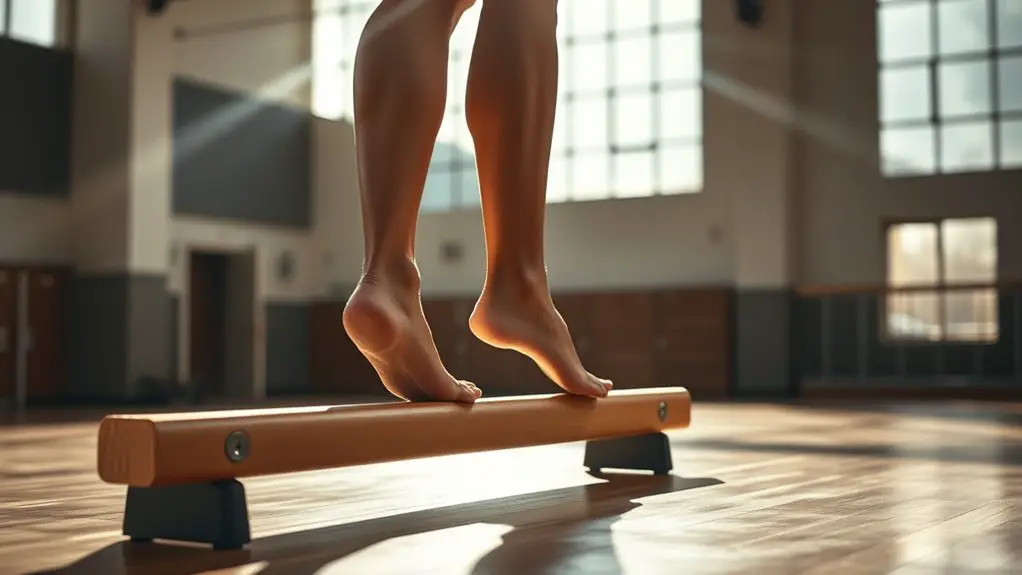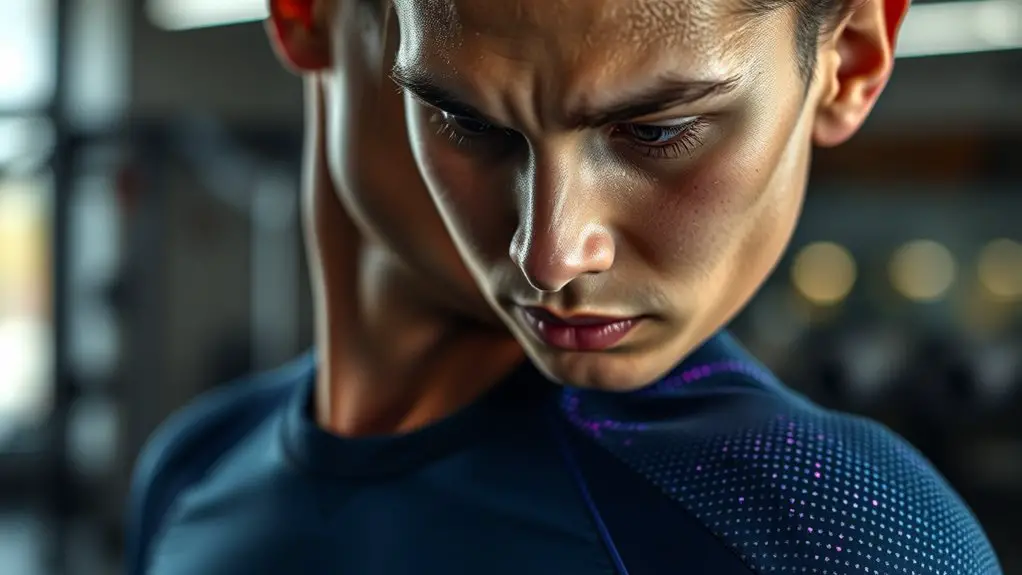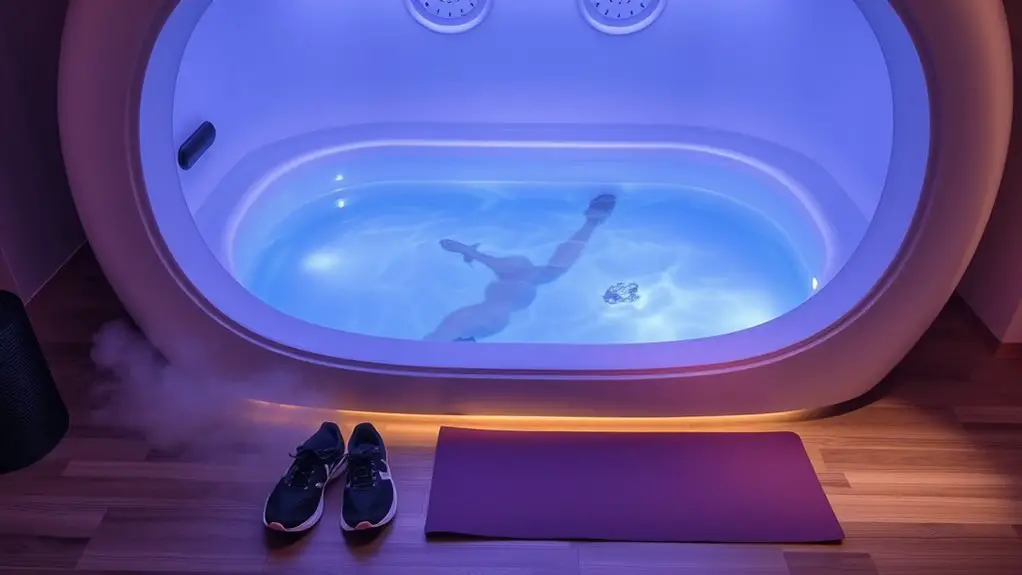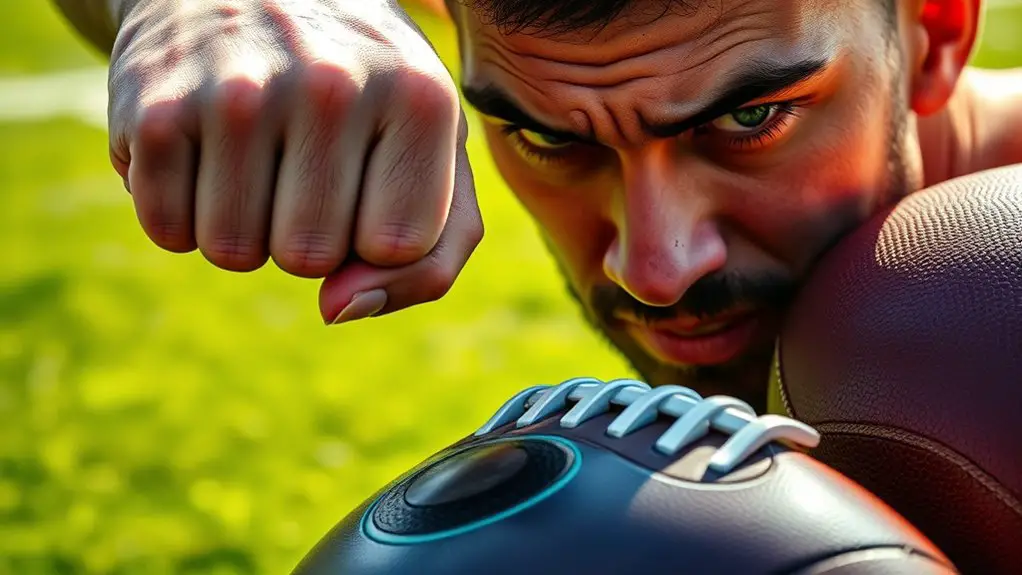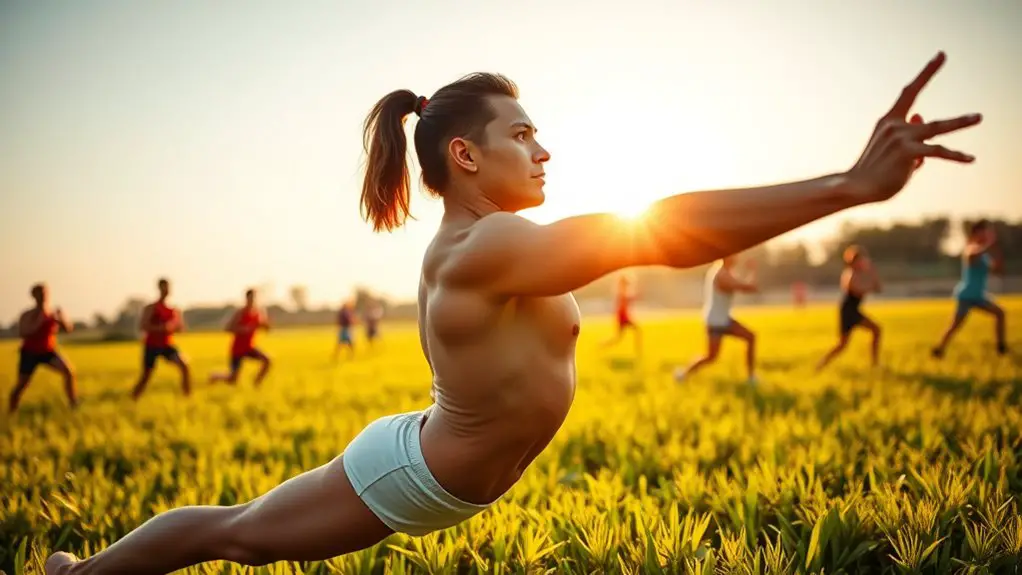Proprioception, your body's ability to sense its position and movement in space, is essential for preventing injuries. It helps you maintain balance and coordinate movements, reducing the risk of strains and sprains. Strong proprioceptive skills allow you to react swiftly to sudden changes, boosting your confidence in physical activities. To enhance these abilities, exercises like balance drills and agility training can be beneficial. Discover more ways to improve your proprioception and keep your body safe and active.
Understanding Proprioception: The Sixth Sense of the Body
Even though you might not realize it, proprioception plays an essential role in how you move and maintain balance. It's that incredible ability your body has to sense where it is in space without needing to see it. Think about it: when you walk, run, or dance, your brain constantly receives feedback from your muscles and joints, helping you adjust and stay upright. This sixth sense lets you navigate your environment with grace and confidence, giving you the freedom to explore without fear of stumbling. By enhancing your proprioception, you can improve your coordination and agility, ultimately allowing you to move more freely. Embracing this awareness can empower you to enjoy life's adventures with a newfound sense of control and ease.
The Link Between Proprioception and Injury Risk
While you might not think about it, proprioception is vital for preventing injuries during physical activities. It helps you understand where your body is in space, allowing you to move confidently and efficiently. When your proprioceptive abilities are sharp, you're better equipped to react to sudden changes, like stumbling or losing balance. This awareness reduces the likelihood of strains, sprains, and other injuries. If you're unaware of your body's positioning, you might misstep or overexert yourself, leading to accidents. Fundamentally, strong proprioception acts as a safeguard, keeping you in tune with your movements. This connection between proprioception and injury risk is important for anyone who values freedom in their active lifestyle. Stay aware, and you'll move with more confidence and less risk.
Exercises to Enhance Proprioceptive Abilities
To enhance your proprioceptive abilities, incorporating specific exercises into your routine can make a significant difference. Start with balance exercises like standing on one leg or using a balance board. These activities challenge your body's awareness of position and movement. Next, try dynamic movements such as lunges or side shuffles, which improve coordination and stability. Adding closed-eye exercises, like single-leg stands, can further sharpen your proprioception by forcing your body to rely on internal cues. Don't forget to incorporate agility drills, such as ladder drills or cone weaving, to enhance your body's responsiveness. By regularly practicing these exercises, you'll boost your proprioceptive skills, giving you the freedom to move confidently and reduce your injury risk.
Proprioception Training for Athletes vs. General Population
Proprioception training can look quite different for athletes compared to the general population. Athletes often engage in dynamic exercises that mimic the specific movements of their sports, focusing on balance, coordination, and reaction time. They might use unstable surfaces or perform complex drills that challenge their body awareness under pressure. On the other hand, the general population typically benefits from simpler proprioceptive exercises, like standing on one leg or using balance boards, aimed at enhancing everyday stability and preventing falls. While athletes seek to refine their skills for peak performance, the general population's goal is often to improve functional movement and maintain independence. Both approaches are valid, providing freedom from injury and enhancing overall body awareness.
Integrating Proprioception Into Rehabilitation Programs
Integrating proprioception into rehabilitation programs can markedly enhance recovery outcomes, particularly for individuals recovering from injuries. By focusing on your body's awareness, you can regain freedom of movement and confidence in your abilities. Here are three key ways to incorporate proprioception:
- Balance Training: Engage in exercises like single-leg stands or balance boards to challenge your stability and coordination.
- Joint Position Sense: Use activities that require you to recognize and control your joint positions, such as closed-chain movements.
- Dynamic Movements: Incorporate agility drills that mimic real-life actions, helping your body adapt and respond better to various situations.
Frequently Asked Questions
How Does Aging Affect Proprioception and Injury Risk?
As time dances on, your proprioception can fade, making you less aware of your body's position. This decline increases injury risk, so staying active and engaged is key to maintaining balance and agility throughout life.
Can Proprioception Be Improved at Any Age?
Yes, proprioception can be improved at any age. You can engage in balance exercises, yoga, or agility training to enhance your body awareness and coordination, helping you feel more confident and free in your movements.
What Role Does Nutrition Play in Proprioceptive Function?
Nutrition plays an essential role in supporting proprioceptive function. A balanced diet fuels your body, promoting muscle health and nerve function, which enhances your awareness of body positioning, ultimately helping you move freely and confidently.
Are There Specific Sports That Require More Proprioceptive Training?
Imagine dancing on a tightrope, where every step matters. Sports like snowboarding, gymnastics, and soccer demand heightened proprioceptive training. It's all about finding that freedom in movement, letting your body instinctively respond to challenges.
How Can Technology Aid in Assessing Proprioception?
Technology can help you assess proprioception through wearable sensors, balance boards, and apps that track your movements. They provide real-time feedback, letting you understand your body's positioning and improve your awareness for better performance.
